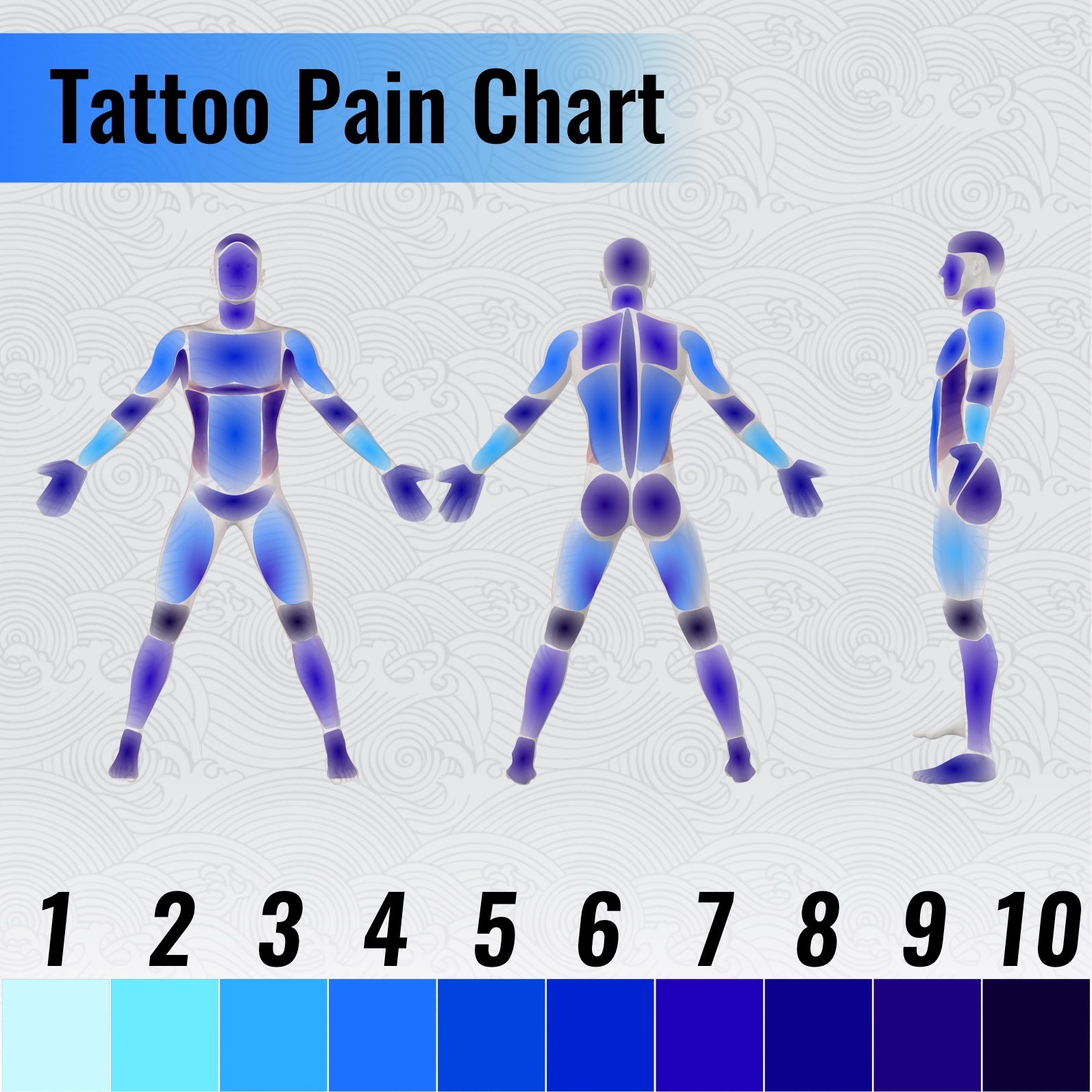
Okay, so you’re thinking about getting a flower tattoo, right?
Maybe a sunflower?
Or a daisy?
Tough choice, I know.
You’re probably wondering which one’s more popular.
Which one fits your vibe better.
And honestly, which one will still look cool in ten years.
Let’s dive into how sunflower tattoos compare to daisy tattoos in popularity.
Sunflowers vs. Daisies: A Tattoo Showdown
Okay, first things first.
Let’s be real: both sunflowers and daisies are super popular choices for tattoos.
They’re both bright, cheerful, and relatively simple designs.
But there are definitely differences in their overall appeal.
Think of it like this: sunflowers are the extroverted, attention-grabbing friend.
Daisies are the chill, effortlessly cool one.
Sunflower Tattoo Popularity: Shining Bright
Sunflowers are bold.
They represent:
- Admiration: Think "always looking up to the sun."
- Loyalty: They follow the sun, right?
- Longevity: Sunflowers are tough cookies.
- Happiness: I mean, just look at them.
I’ve noticed a lot of people getting sunflower tattoos after a big personal achievement.
Like graduating or landing a dream job.
It’s a visual representation of growth and optimism.
They’re a real statement piece.
People often get them on their:
- Backs
- Thighs
- Shoulders
Because they’re big and beautiful!
Daisy Tattoo Popularity: Sweet Simplicity
Daisies, on the other hand, are more understated.
They symbolize:
- Innocence: Classic, right?
- Purity: Clean and simple.
- New Beginnings: Think spring!
- True Love: Ever play "He loves me, he loves me not?"
My cousin Sarah got a tiny daisy tattoo on her wrist after going through a tough breakup.
She said it reminded her of fresh starts and self-love.
They’re more delicate and versatile.
Daisies look great on:
- Wrists
- Ankles
- Behind the ear
Making them super easy to hide or show off.
So, Which Flower Reigns Supreme?
Honestly?
It depends.
A few years ago, sunflower tattoos were everywhere.
They had a major moment.
Right now, I’d say daisy tattoos are having a bit of a resurgence.
But trends come and go.
The real question is, which flower speaks to you?
Here’s a quick guide to help you decide:
- Go Sunflower If: You want a bold, statement piece, and you connect with the symbolism of admiration and loyalty.
- Go Daisy If: You prefer a more subtle, delicate design, and you resonate with themes of innocence and new beginnings.
- Consider Both If: You like elements of both! You could even combine them in a unique design.
Think about your personal style, your values, and what you want your tattoo to represent.
Don’t just chase the trend.
Choose something you’ll love for years to come.
Real-Life Examples:
- The Sunflower Power Couple: I saw a couple with matching sunflower tattoos on their shoulders. They said it symbolized their unwavering support for each other.
- The Daisy Chain: A group of friends got tiny daisy tattoos on their ankles as a symbol of their enduring friendship.
- The Mixed Bouquet: Someone I know has a whole floral sleeve, incorporating both sunflowers and daisies, along with other meaningful flowers. It’s stunning!
How To Make Your Flower Tattoo Unique
Want to stand out from the crowd?
Here are some ideas:
- Play with Color: Don’t just stick to yellow and white! Experiment with different shades and hues.
- Incorporate Geometric Shapes: Add some triangles, circles, or lines for a modern twist.
- Add Text: Include a meaningful quote or a loved one’s name.
- Consider the Style: Think about watercolor, linework, or traditional styles.
- Work with a Talented Artist: Find an artist whose style you love and let them put their own spin on your design.
FAQ: Your Burning Flower Tattoo Questions Answered
- Do sunflower tattoos fade easily? It depends on the placement and the artist’s skill. Sun exposure can definitely cause fading, so protect your tattoo with sunscreen.
- Are daisy tattoos painful? Pain levels vary from person to person, but generally, smaller tattoos on fleshy areas are less painful than larger tattoos on bony areas.
- How much do sunflower or daisy tattoos cost? The price depends on the size, detail, and the artist’s rates. Get quotes from a few different artists before making a decision.
- What’s the best placement for a daisy tattoo? Wrists, ankles, and behind the ear are popular choices.
- What’s the best placement for a sunflower tattoo? Backs, thighs, and shoulders are popular choices.
- Can I combine a sunflower and a daisy in one tattoo? Absolutely! Get creative and design something unique that reflects your personality.
Ultimately, the best flower tattoo is the one that resonates with you.
Do your research, find a talented artist, and choose a design that you’ll love for years to come.
And remember, whether you choose a sunflower or a daisy, you’re choosing a symbol of beauty, resilience, and growth.
Hopefully, this helps you decide which flower is the right fit, when considering how sunflower tattoos compare to daisy tattoos in popularity.













